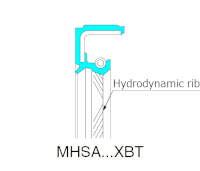One of the most common types of gas heat exchangers is the tubular heat exchanger. This design features a series of tubes through which one fluid flows, while the other fluid flows around or outside these tubes. The large surface area provided by the tubes allows for effective heat transfer. Another popular design is the plate heat exchanger, where thin plates create channels for the fluids. These plates enhance heat transfer efficiency due to their large surface area and close proximity of the fluids.









